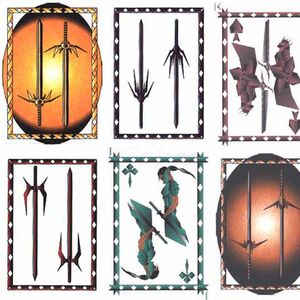Latest Articles
Archives
2009 100 Articles
December 2009 100 Articles
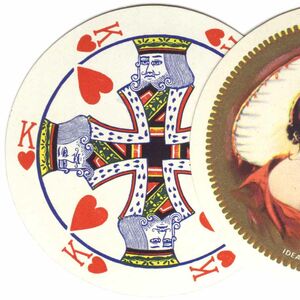
Waddington’s Cir-Q-Lar Playing Cards
Waddington's Cir-Q-Lar Playing Cards, c.1930
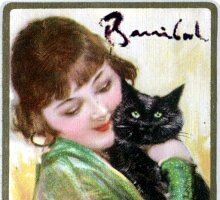
Barribal Series
William H. Barribal (1873 - 1956) was a London artist who created the Waddingtons 'Barribal' playing cards series, which are avidly collected today.
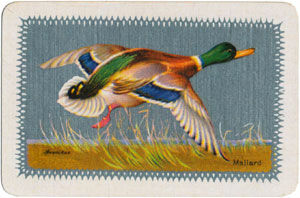
Waddington’s Sporting Birds Series 1933
Waddington’s Sporting Birds Series 1933.
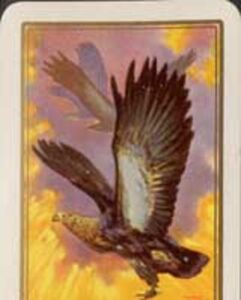
Waddington’s Wildlife and Classic Series, 1933
Waddington’s Wildlife and Classic Series, 1933.
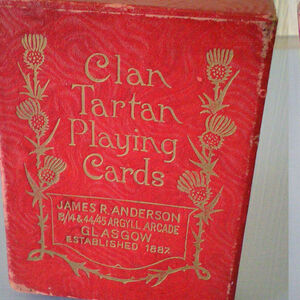
Waddington’s Clan Tartan Series
Waddington’s Clan Tartan Series, 1933.

Waddington’s “Rural England” Series, 1933
Waddington’s "Rural England" Series, 1933.

Harry Rountree
Designs by Harry Rountree (1878-1950); Waddington's 1933 Trade Brochure.

Waddington’s Old Master Series, 1933
Waddington’s Old Master Series, 1933

Waddington’s 1933 Trade Brochure
Waddington’s 1933 Trade Brochure.
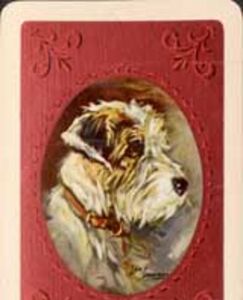
Waddington’s Dog Series
Waddington’s Dog Series, 1933
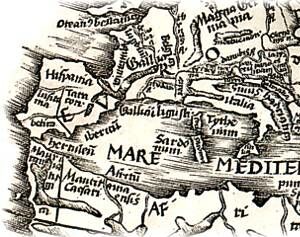
The History of Playing Cards
Playing Cards have been around in Europe since the 1370s. Some early packs were hand painted works of art which were expensive and affordable only by the wealthy. But as demand increased cheaper methods of production were discovered so that playing cards became available for everyone...
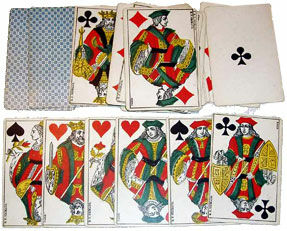
Casinos On The Internet
While card rooms and private gaming clubs may have been around for hundreds of years, the earliest known European casino of the type gamblers know today is probably the Casino at Monte Carlo.
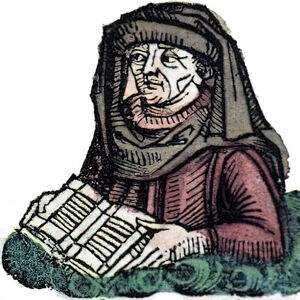
Early History of Playing Cards & Timeline
Out of an apparent void, a constellation of references in early literature emerge pointing to the sudden arrival of playing cards, principally in Belgium, Germany, Spain and Italy around 1370-1380. Discover the early history of playing cards in our timeline from 50AD to the 15th century.
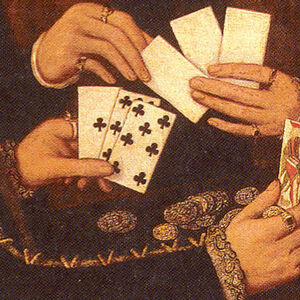
History of Blackjack
Over the years the origin of Blackjack, like many other games, has eluded researchers for a long time and which continues to be hotly debated to this day.
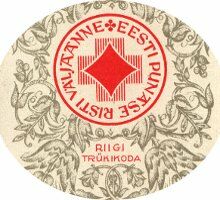
Estonia
Estonia's first period of independence lasted 22 years, beginning in 1918, and this period was one of great cultural advancement.
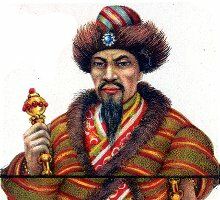
Estonian Historic Playing Cards
The court cards and indices on Estonian playing cards are Södur, Emand, Kuninga.

History of Online Casinos
Online casinos appeared shortly after the internet became a more mainstream tool for the public to use
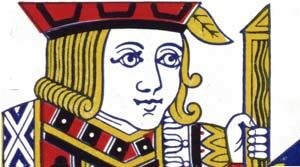
History of Poker
The origin of Poker - arguably the most influential card game of all time - is actually quite unclear.
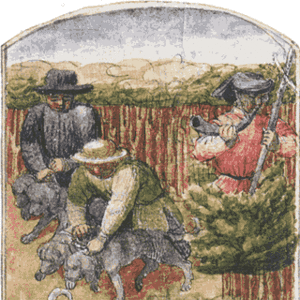
Hunting Depicted on Playing Cards
In the Middle Ages hunting was an integral part of life.
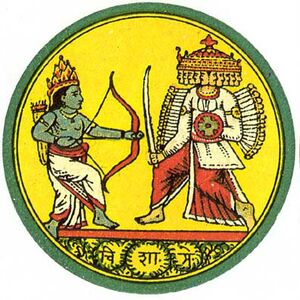
Dasavatara Ganjifa from India
Chromo-lithograph Ganjifa cards by the Chitrasala Press, around 1950. Ten suits of twelve cards, each suit is based on one of the ten incarnations of Vishnu.
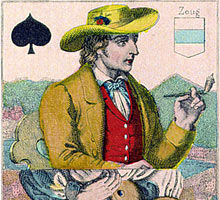
Swiss Regional Costumes Playing Cards, c.1890
This Swiss Regional Costume pack can be seen as an early form of tourist souvenir which subsequently developed into the photographic souvenir pack.
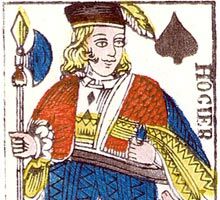
Swiss French Suited Playing Cards, c.1840
French-suited playing-cards in the Paris pattern appeared in Switzerland around the end of the sixteenth century, when many Lyonnais cardmakers were driven away by heavy taxes.
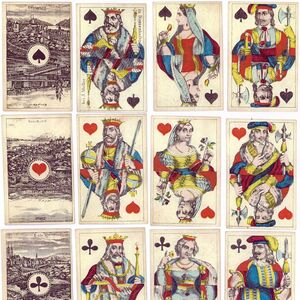
Swiss Scenic Ace Souvenir Cards, c.1850
Souvenir pack with Scenic Aces made by Müller (Diessenhofen), c.1850.
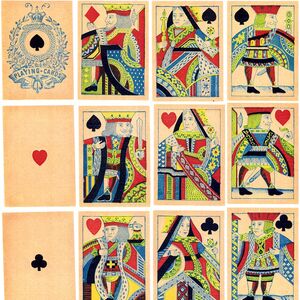
Swiss Mogul Cards, 1880-1890
English type 'Mogul' playing cards manufactured in Switzerland by John Müller for export to India, c.1880-1890.
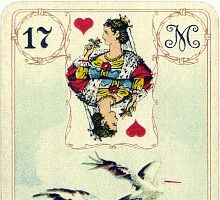
Madame Lenormand Fortune Telling Cards
Madame Lenormand Fortune Telling Cards made by Müller.
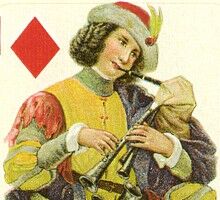
Humanist pack by J. Müller & Cie
'Humanist' pack made by J. Müller & Cie (Schaffhouse), originally named 'Troubador'. The pack was designed by Melchior Annen (1868-1954) who also designed several other packs for Müller & Cie.
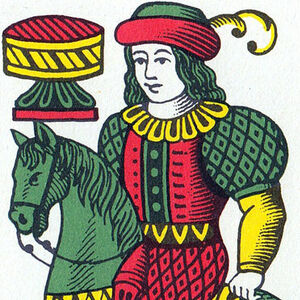
Spanish Cadiz-style pack
Traditional Spanish Cadiz-style pack manufactured by Müller & Cie, Schaffhausen, 1952.

David Hurter, Schaffhausen
David Hurter built up a playing card business in Schaffhausen during the 18th century.
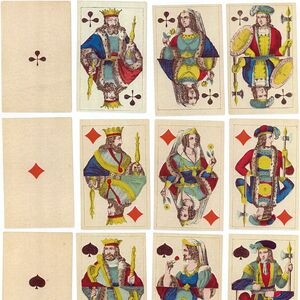
Müller (Diessenhofen), c.1840-50.
Playing Cards made by J. Müller, Diessenhofen, c.1840-50 with court cards coloured differently at each end.
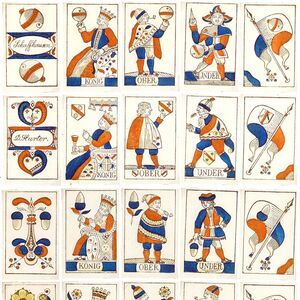
Swiss Playing Cards by David Hurter, c.1830
David Hurter had begun to build up a playing card business in Schaffhausen during the late 18th century.
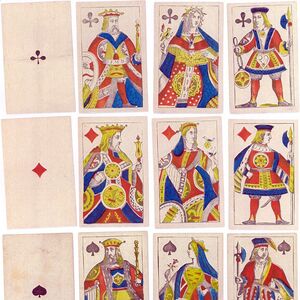
Swiss Piquet Playing Cards, c.1850-60
Piquet playing-cards made by J. Müller, Diessenhofen, c.1850-60. The full-length court cards are following the French style.
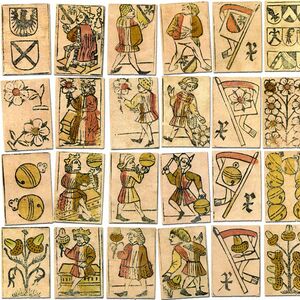
Antique Swiss Playing Cards, c.1530
The Swiss national suit system of shields, acorns, hawkbells and flowers originated sometime during the fifteenth century.

Swiss Playing Cards
The Swiss national suit system of shields, acorns, hawk bells and flowers emerged sometime during the XV century.
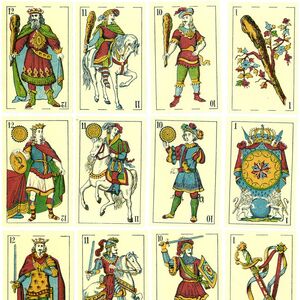
Swiss Spanish-Suited Cards, c.1875
Spanish-suited playing cards manufactured by J. Müller for export to Latin American countries, c.1875.
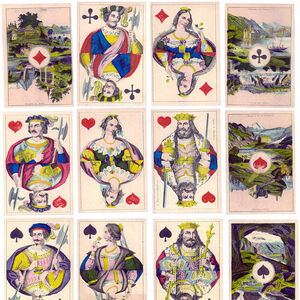
Swiss Scenic Ace Souvenir Cards, c.1860
Souvenir pack with Scenic Aces made by J. Müller (Diessenhofen), c.1860. The courts are conventional figures based on French designs.
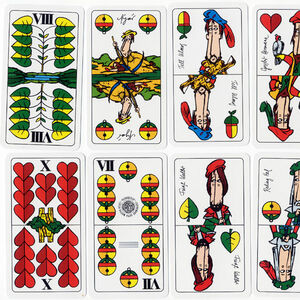
Balázs Pál Nagy's Tell No. 3306 Playing Cards
Balázs Pál Nagy Tell 3306

War Aid 2
Hungarian War Aid Playing Cards
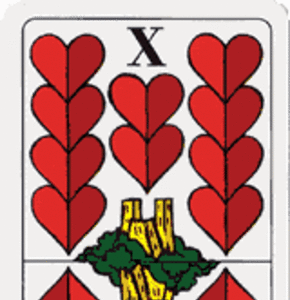
Balázs Pál Nagy's Playing Cards
Balázs Pál Nagy's Playing Cards
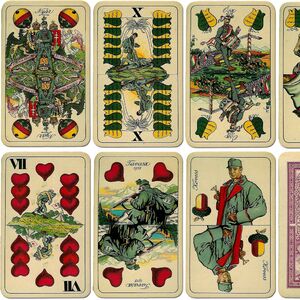
War Aid
Hadsegélyzö Kártya ('War Aid Pack' or 'War Aid Cards') Nr. 63 designed by Leo Kober and first published by Piatnik, Budapest, in 1917.
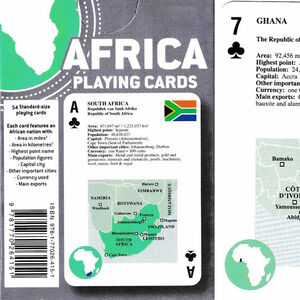
Africa playing cards
According to the United Nations there are 54 countries on the continent of Africa

XV Century Italian Playing Cards
Cards from a pack of an early form of north Italian playing cards, with the swords back-to-back and curved outwards. Believed to be Venetian, dated 1462.
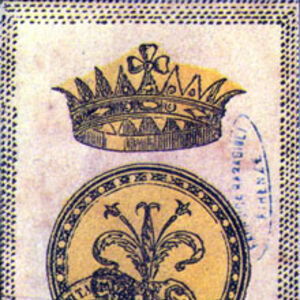
Minchiate Fiorentine
The Florentine game of Minchiate is played with a pack of 97 cards. The subjects and arrangements of the trumps are slightly varied and their number increased to 41 by the addition of the three theological virtues, one of the cardinal virtues (Prudence), the 4 elements and the 12 signs of the zodiac.
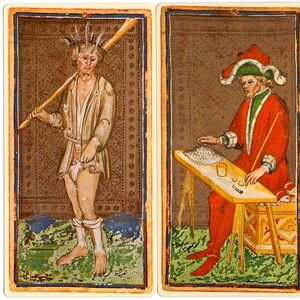
The Visconti-Sforza Tarot, c.1460
This pack of tarot cards appears to have have been made in the Bembo workshop in Cremona for Bianca Maria Visconti, c.1460.
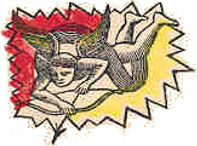
Tarocco Piemontese | Piedmontese tarot
The double ended version of the Piedmontese Tarot evolved during the second half of the nineteenth century, most probably in Turin. It is still produced and used today.
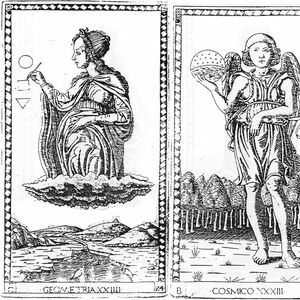
Tarocchi di Mantegna, c.1465
The so-called Tarocchi di Mantegna (c.1465) reflect an ideological structure bringing to mind the soul's progress towards perfection.

Tarocco Milanesi by Lamperti (Milan) c.1850
Tarocco Milanesi by Lamperti (Milan) c.1850
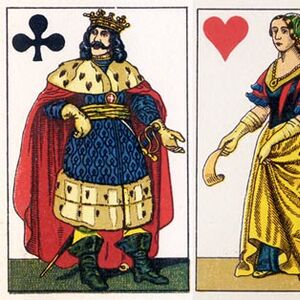
Florentine Pattern
Originally one of several designs which emerged during the nineteenth century, the Florentine pattern has several distinctive features.
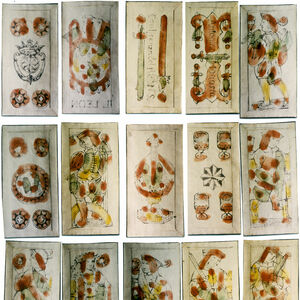
Sicilian playing cards by Antonio Monasta
"Il Leon" Sicilian playing cards, 40-card pack based on Spanish designs, made in Sicily by Antonio Monasta, probably 17th century.
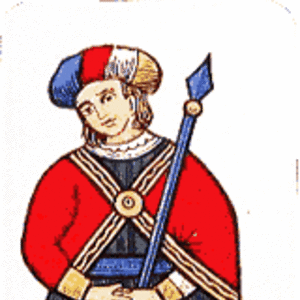
Tarocco Bolognese
Tarocco Bolognese
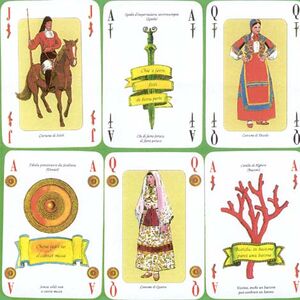
Sardinian playing cards
Sardinian playing cards.
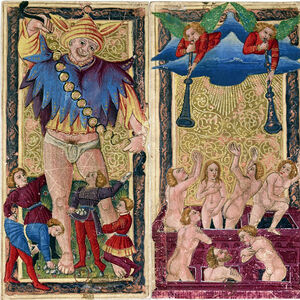
Hand-Painted Tarocchi Cards
Hand-painted Tarocchi cards sometimes known as ‘Charles VI tarot’, North Italy, 1475-1500.
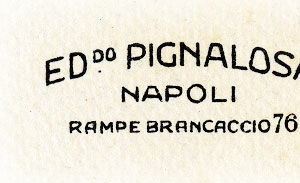
Small Tuscan Pattern
Small Tuscan Pattern
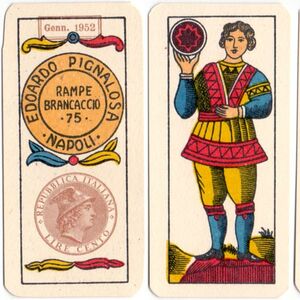
Brescia pattern
The Brescia pattern contains elements which come from a past age.
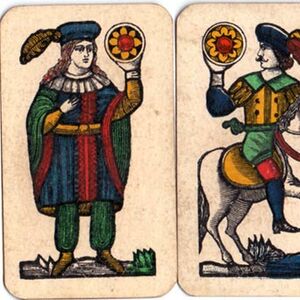
Romagnole pattern by Guglielmo Murari
Romagnole pattern by Guglielmo Murari c.1920
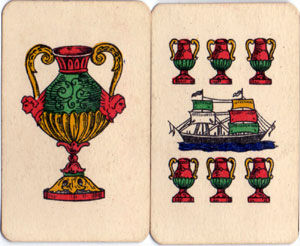
Sicilian Pattern
The Sicilian pack has a similar composition to the Neapolitan pack, and is small and squat in appearance.

Italian Playing Cards
The first reliable evidence that playing cards were being used in Italy is from 1376, when a game called 'naibbe' is forbidden in a decree, with the implication that the game had only recently been introduced there.
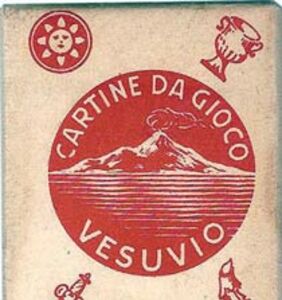
Neapolitan Pattern
Neapolitan pattern

MMCardz
INPOPA Anthology 2002 published by MMCardz.
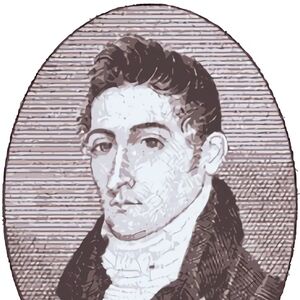
De La Rue
De La Rue introduced letter-press printing into playing card production and his patent was granted in 1831. He produced his first playing cards in 1832.
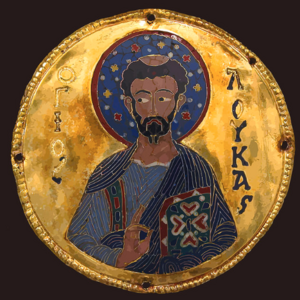
Playing Cards and Religion
Early engravers and print makers made devotional images for pilgrims and people who could not afford paintings or books. Many of these craftsmen turned their hand to manufacturing playing cards to earn extra income. Today playing cards are often produced to spread religious messages, teachings or for educational purposes.
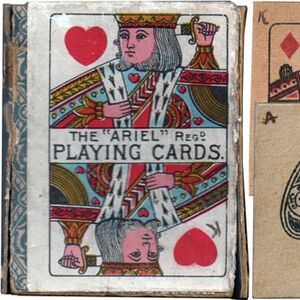
Miniature Playing Cards
Miniature Playing Cards from around the world.
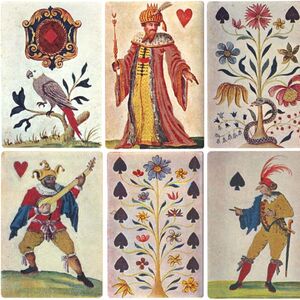
Silk Inlaid Playing Cards for Charles I
Silk Inlaid Playing Cards for Charles I

E.P.C.S. Competitions
Do you know any good playing card related cartoons or jokes?
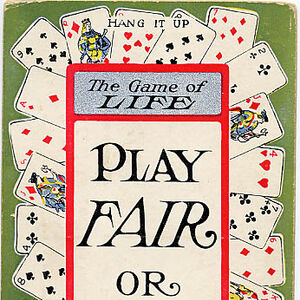
Playing Cards in other cards
Secondary applications of playing cards.

Hunt, c.1800
Standard English pattern playing cards manufactured by Hunt, c.1800.
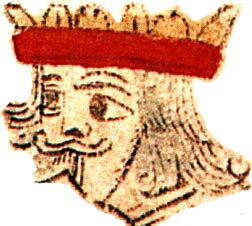
Blanchard, c.1770
The style of these cards is descended from the earlier seventeenth century cards of makers such as Hewson.
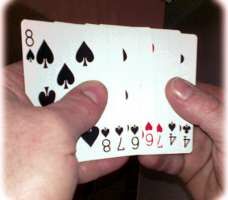
Fanning the Playing Cards
The manner of holding the cards in the hand is related to a player’s needs to view his/her hand in a logically organised way, perhaps categorised into sets or sequences, usually reading from left to right...
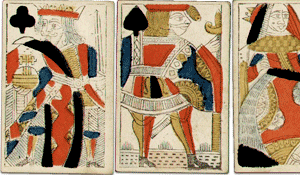
History of Court Cards
The court cards in English packs of playing cards derive from models produced by Pierre Marechal in Rouen around 1565. A pack of such cards is preserved in the museum at Rouen.

The Worshipful Company of Makers of Playing Cards
The Worshipful Company of Makers of Playing Cards was founded by Royal Charter in 1628.
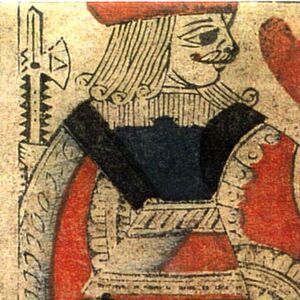
Early English Playing Cards
Early examples of traditional, standard English playing cards of which the best known are those of Hewson of the seventeenth century, and Blanchard from the eighteenth century.
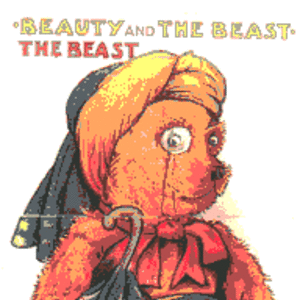
Collecting English Playing Cards & Games
The History of English Playing Cards dates probably from the mid 15th century, the first documentary evidence of their existence in this country occurring in an Act of Parliament which prohibited the import of foreign cards.

Standard and Non-standard Playing Cards
Standard playing cards are based upon traditional designs and are used for card games.
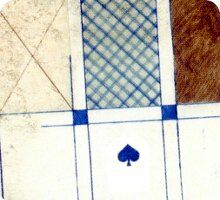
Playing Card Design
The playing card calls for artistic treatment and although the constrained size imposes some limitations there is an almost bewildering wealth and variety of designs in playing cards and their tuck boxes. The serious player requires design to be unobtrusive so that aesthetic considerations remain in the background. However, with modern manufacturing technology more eye-catching designs are becoming popular as gifts, collectibles and for their attractive appearance.
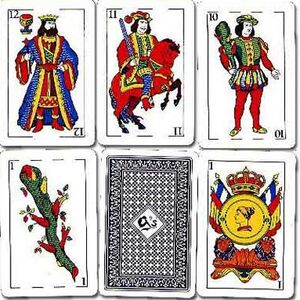
Playing Cards in Honduras
Honduras shares a long tradition with Spain in the field of playing cards.
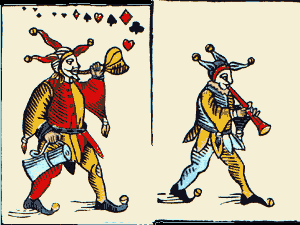
The Joker Card
The 'Joker' is believed to have been invented by American Euchre players who, when modifying the rules sometime during the 1860s, decided that an extra trump card was required.
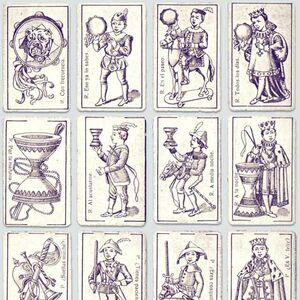
Baraja Infantil made in Cuba
cards from a 40-card children's "Questions and Answers" game. The Spanish suit signs have been changed to tambourines, yo-yos, swords and skittles. Printed lithographically in Cuba, c.1930.
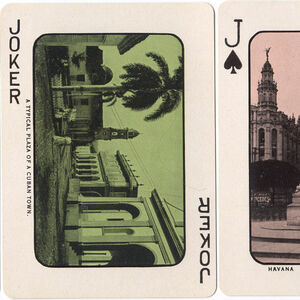
Playing Cards in Cuba
During the colonial years and afterwards, Spanish-suited packs were imported into Cuba.
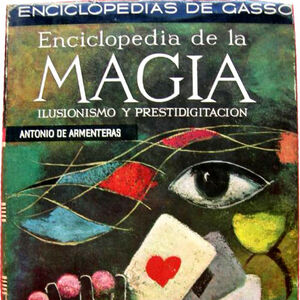
Conjuring and Magic
The art of mystifying people is very old indeed. The first conjurers were priests who obtained power over simple minds by performing magical tricks which appeared to have a supernatural origin.
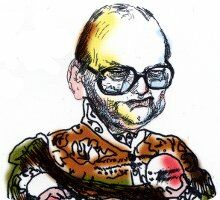
Gironda
8 cards and two jokers from the 'Gironda' pack, showing eminent statesmen and politicians from Lithuania from the 1990s.
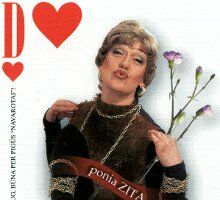
Dviracio Kortos, 2001
Dviracio Kortos playing cards, based on 'Dviracio Zynios' ('The Bicycle's News'), a popular Lithuanian TV comedy show, in which actors satirize the vices and follies of modern society.
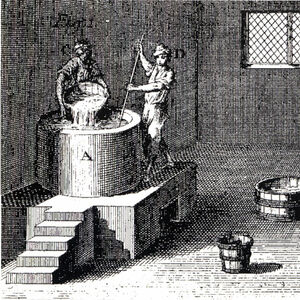
Production Methods for Small Scale Editions
Some alternative approaches to producing small, hand-made editions of playing cards
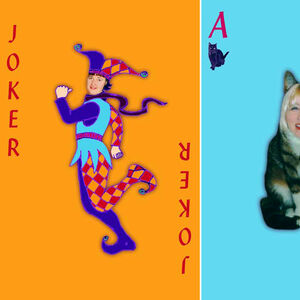
Cats, Cakes, Clothes and Cups
Dianne Longley is a print artist who produces books and folios as well as intaglio and relief prints.
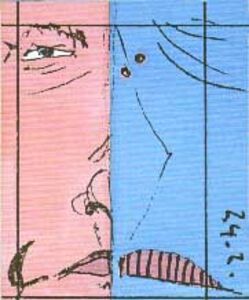
About Witta Jensen
WITTA JENSEN… on the cards.

About Karl Gerich (1956-2016)
About Karl Alexander Gerich, 23rd April 1956 — 4th January 2016

Jason Ennis Tarot Cards
Jason Ennis was a self trained artist interested in man's nature, his powers and abilities.
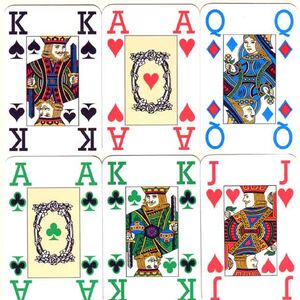
John Newman’s Colour Cards
John Newman’s Colour Cards
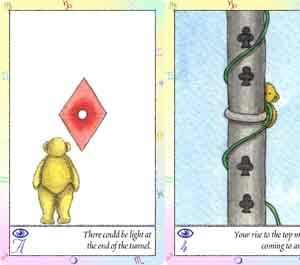
Teddy Bear playing cards & artwork
Teddy Bear playing cards & artwork, 1996.

About Peter Wood
Peter Wood is a UK based artist.
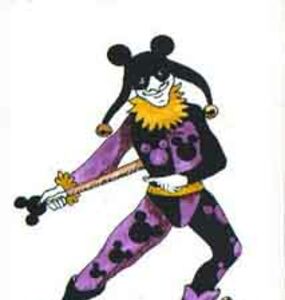
Hidden Mickeys
“HiddenMickeys” by Peter Wood
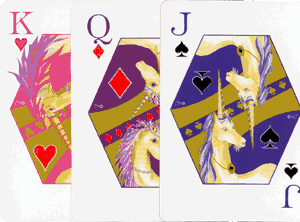
The Enchanted Journey
Cards from the delightful Enchanted Journey playing-cards by Karen Curran of Australia.
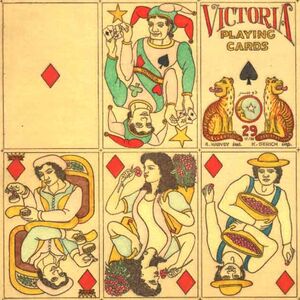
About Georgina Harvey
Georgina Harvey worked together with Karl Gerich.
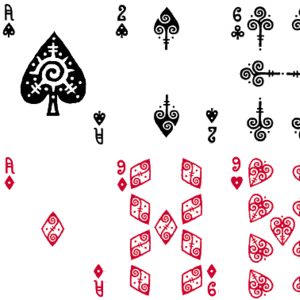
About Emily Arkin
Emily Arkin is an artist from Somerville, MA.
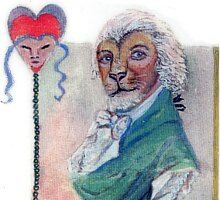
About Shelley Fowles
Shelley Fowles was born in South Africa but has lived in the United Kingdom since 1979. She trained in Art in Brighton and London.
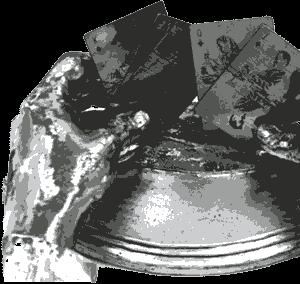
About Catherine Kelly
Catherine Kelly, M.A. Paint and Print, B.A. History of Art and Fine Art Painting, is an artist working in Dublin
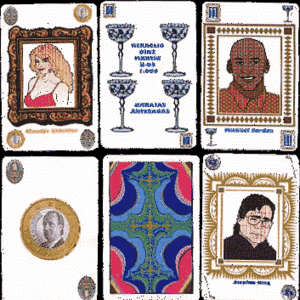
About Heraclio Díaz
Heraclio Díaz lives in the Canary Islands (Spain).
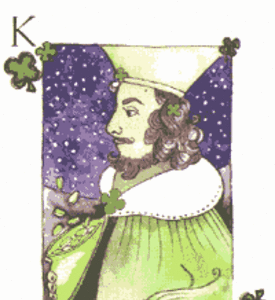
Self-Nurturing Solitaire
Self-Nurturing Solitaire by Idelle Jones,





